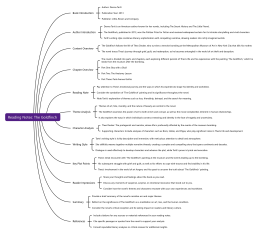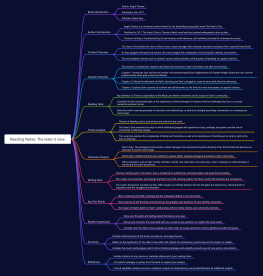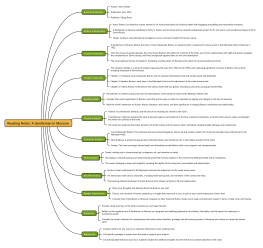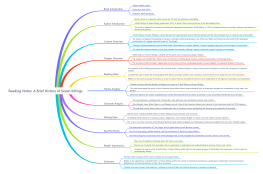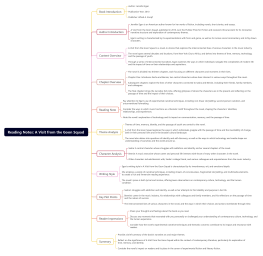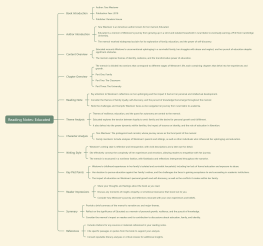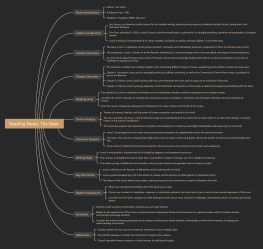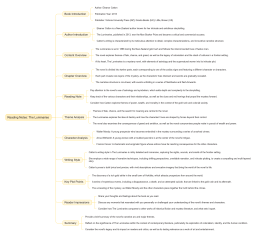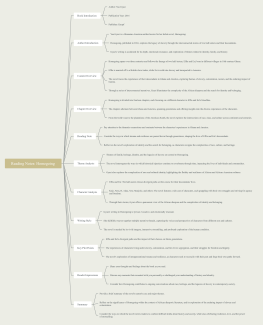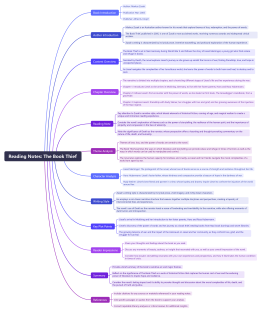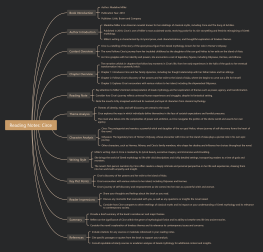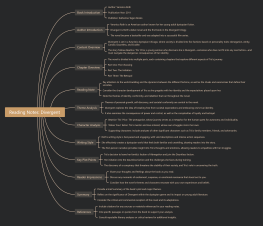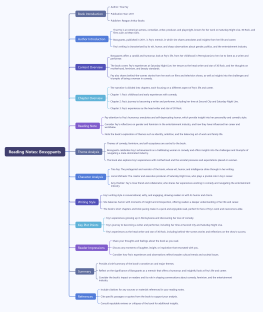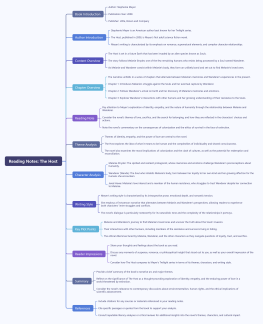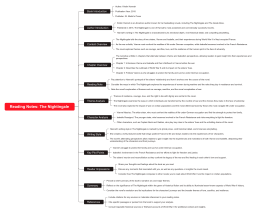Room-Emma Donoghue: Book Summary
2024-07-19 15:45:58 329 0 Report 0
0
Login to view full content
'Room' by Emma Donoghue, published in 2010 by Little, Brown and Company, is a compelling novel that delves into the harrowing yet hopeful story of a young boy named Jack and his mother, Ma, who are held captive in a small, soundproofed room by a man known as Old Nick. The narrative, told primarily from Jack's unique perspective, explores themes of confinement, freedom, and identity. As Jack grows curious about the world beyond Room, the novel poignantly captures his innocence and resilience, alongside Ma's determination and psychological struggles. Donoghue's writing is characterized by its emotional depth and simplicity, effectively portraying the complex human experiences of trauma and recovery. The novel's chapters alternate perspectives, enriching the storyline with both Jack's and Ma's viewpoints. Key plot points include their daring escape and the subsequent challenges they face as they adjust to life outside captivity, encountering various individuals who aid in their healing process. 'Room' is celebrated for its empathetic narrative and the powerful bond between parent and child, making it a significant contribution to discussions on trauma recovery and mental health. The novel's examination of the human capacity for hope and survival resonates deeply, offering readers a profound reflection on love, resilience, and the enduring impact of traumatic experiences.
Other creations by the author
Outline/Content
Book Introduction
Author: Emma Donoghue
Publication Year: 2010
Publisher: Little, Brown and Company
Author Introduction
Emma Donoghue is an Irish-Canadian author known for her diverse range of literary works, including novels, short stories, and plays.
Room, published in 2010, is one of Donoghue's most acclaimed novels, earning numerous awards and nominations, including the Man Booker Prize.
Donoghue's writing is characterized by its empathy, psychological depth, and exploration of complex human experiences.
Content Overview
Room tells the story of a young boy named Jack, who has spent his entire life in a small, soundproofed room with his mother, Ma.
Unbeknownst to Jack, Ma was kidnapped as a teenager and has been held captive by a man known as Old Nick.
The novel follows Jack and Ma's experiences inside Room, as well as their efforts to escape and adjust to life in the outside world.
Chapter Overview
The narrative unfolds in a series of chapters that alternate between Jack's perspective and Ma's.
Chapter 1: Introduces Jack and his daily routine inside Room, including his interactions with Ma and their limited resources.
Chapter 2: Explores Ma's efforts to create a sense of normalcy for Jack while coping with her own trauma and despair.
Chapter 3: Follows Jack's growing curiosity about the outside world and his questions about life beyond Room.
Reading Note
Pay attention to Donoghue's skillful portrayal of Jack's perspective and his unique way of understanding the world.
Consider the novel's exploration of trauma, resilience, and the bond between parent and child.
Note the novel's commentary on the power of imagination and the human capacity for hope in the face of adversity.
Theme Analysis
Themes of confinement, freedom, and the search for identity are central to the novel.
Room examines the psychological impact of captivity on both Jack and Ma, as well as their struggles to reclaim their autonomy and sense of self.
The novel also explores the complexities of trauma and recovery, as Jack and Ma confront the lasting effects of their ordeal.
Character Analysis
Jack: The precocious and resilient young narrator, whose innocence and curiosity provide a unique perspective on the events unfolding around him.
Ma (Joy): Jack's fiercely protective mother, who grapples with guilt, fear, and determination as she tries to protect and nurture her son in captivity.
Old Nick: The captor who kidnapped Ma and holds her and Jack captive in Room, representing the embodiment of evil and oppression.
Writing Style
Donoghue's writing style is marked by its simplicity, authenticity, and emotional resonance.
She employs a first-person narrative voice for Jack, capturing his unique perspective and language with sensitivity and depth.
The novel's prose is spare yet evocative, allowing readers to immerse themselves in Jack's world and empathize with his experiences.
Key Plot Points
Jack and Ma's efforts to escape from Room and adjust to life in the outside world.
Their encounters with friends, family, and professionals who try to help them heal and rebuild their lives.
The emotional and psychological challenges they face as they navigate the aftermath of their captivity and the complexities of their relationship.
Reader Impressions
Share your thoughts and feelings about the book as you read.
Discuss any moments of tension, heartbreak, or resilience that stood out to you, as well as your overall impression of the novel.
Consider how Room challenges readers' assumptions about family, love, and the human capacity for survival.
Summary
Provide a brief summary of the book's narrative arc and major themes.
Reflect on the significance of Room as a powerful exploration of trauma, resilience, and the enduring bonds of love and survival.
Consider the novel's relevance to contemporary discussions about trauma recovery, mental health, and the rights of survivors of abuse and captivity.
References
Include citations for any sources or materials referenced in your reading notes.
Cite specific passages or quotes from the book to support your analysis.
Consult reputable literary analyses or critical reviews for additional insights into the novel's themes, characters, and cultural impact.
0 Comments
Next page
Recommended for you
More

